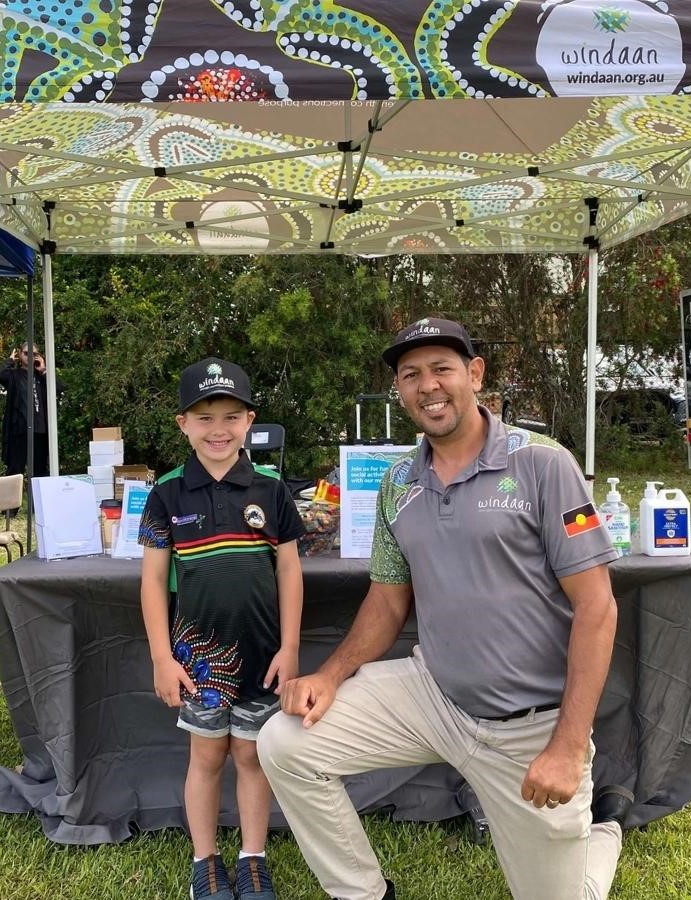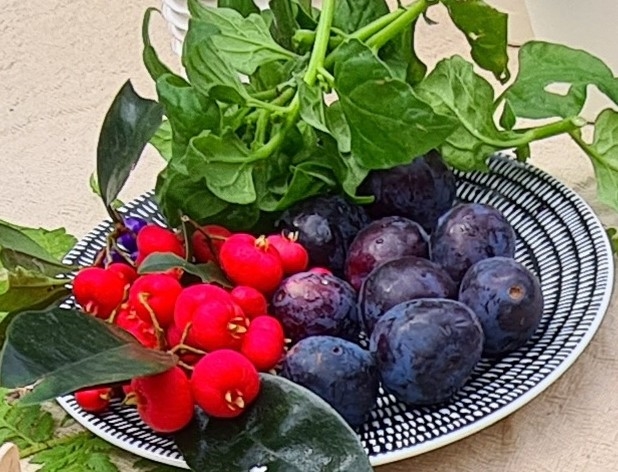By Neena Bhandari
Sydney, 07.07.2022 (Hireup News): For Aboriginal and Torres Strait Islander people with a disability, there are multiple obstacles when trying to access the right NDIS supports. That’s according to Joseph Archibald, Manager Aboriginal Service Development at Windaan, who says a lack of trust and understanding of the scheme, along with the scarcity of culturally appropriate services, are the main barriers.
“For example, a family has had three members on NDIS plans for the past three years, but they haven’t utilised a single dollar from any of the plans. They don’t have a trusted relationship with any of the services within the community, where they live, so they don’t reach out to them,” says Archibald. “When they have reached out to services, the conversation isn’t translated or articulated in a way they can relate to, so no progress is made.”
Windaan services the Gumbaynggirr, Dunghutti and Birpai Nations that covers the mid-north coast of NSW, providing services in remote, regional and interstate locations.
While there are resources to help participants engage with the scheme, some Indigenous families don’t have access to technology or the internet, and often the NDIS information is not in their language. Another barrier exists around the concept of disability. There is no word for ‘disability’ in some Indigenous communities.
“We have found during our general information work in and around Aboriginal and Torres Strait Islander communities that it is [there’s a disconnect in] what they perceive as a disability. It’s either not [formally acknowledging disability] at all or [framing] disability around welfare-based systems like Centrelink,” says Archibald. “That disability definition generally doesn’t transfer across to the NDIS”.
He points out that there are other language challenges too. “Often a big first step that a lot of service providers struggle with is making participants and their families understand the NDIA-coined language”, says Archibald.
“For example, ‘capacity building’ means nothing to them or achieving ‘goals’ for them might just be to put food on the table. Many Indigenous families plan from week-to-week, they don’t plan for the next 12 months.” [NDIS plans tend to cover one or two years.]
The name of the scheme can also be a deterrent for many Indigenous people. “The insurance part of the name discourages our people. They think it is a private insurance, where they would have to pay, rather than a scheme that would give them access to supports and services for their benefit,” says Nathan Morgan, NDIS Service Manager at Koiop Connect.
Koiop Connect is a disability support service for Aboriginal and Torres Strait Islander people in the Hunter and Western regions, servicing Newcastle, Dubbo and Moree.
“There is a lack of Aboriginal and Torres Strait Islander providers and holistic understanding and respect for Indigenous socio-cultural practices, protocols, perspectives and sensitivities”, adds Morgan.
These ongoing challenges have been highlighted in an issues paper put together by the Disability Royal Commission in response to testimonies given by Indigenous people with disability and their representative organisations.
The paper acknowledged First Nations Australians face “a lack of culturally appropriate services, complex application processes, inadequate funding for remote service delivery and an overall lack of cultural capability.”
Other significant barriers for Indigenous people in accessing disability services were “poor workforce capacity and services in rural and remote areas”.
Koiop Connect’s managers Jake and Tareka Chatfield say, “We need more investment in culturally appropriate marketing and media campaigns, along with ongoing community education, and investment in upskilling and training Indigenous people in disability work.”
The Chatfields also say more Indigenous planners are needed, along with support for Aboriginal and Torres Strait Islander businesses to become registered NDIS providers.
Archibald agrees. He says to be truly effective for Indigenous communities, it’s crucial to build a highly skilled base of Aboriginal and Torres Strait Islander providers that communities can trust.
“It’s been a challenge for Aboriginal services to have that skilled workforce with in-depth complex knowledge required to navigate this scheme, and then balance that with the culturally appropriate service delivery so they are able to engage families to put all the pieces together effectively while remaining financially viable”, Archibald says.
© Copyright Neena Bhandari. All rights reserved. Republication, copying or using information from neenabhandari.com content is expressly prohibited without the permission of the writer and the media outlet syndicating or publishing the article.


